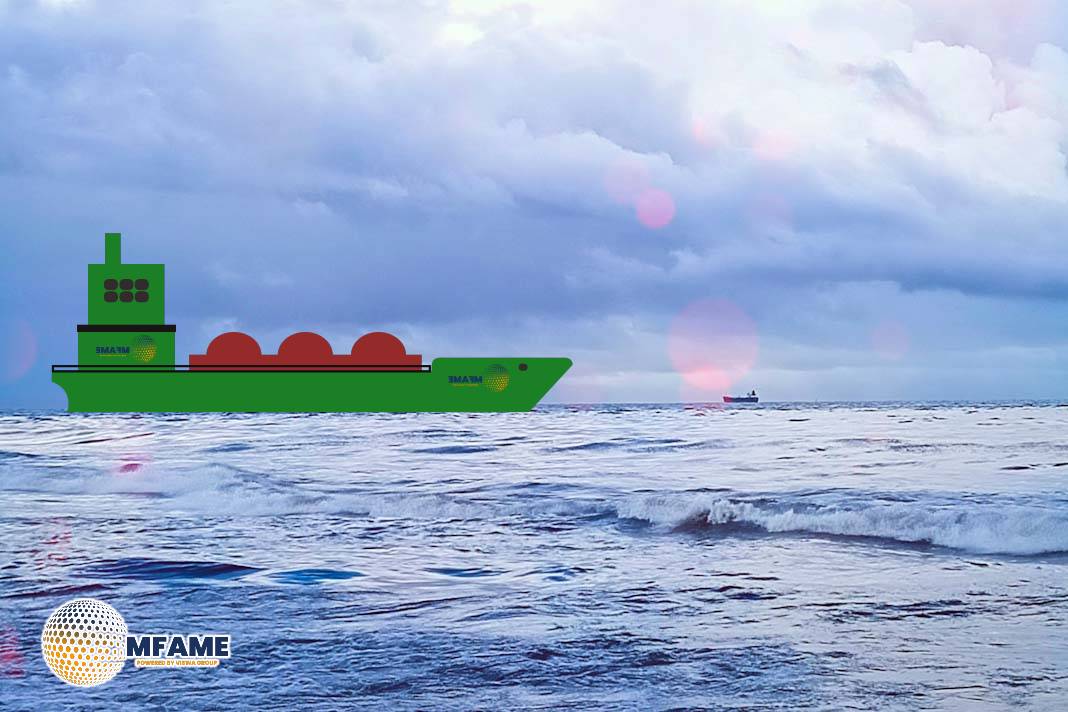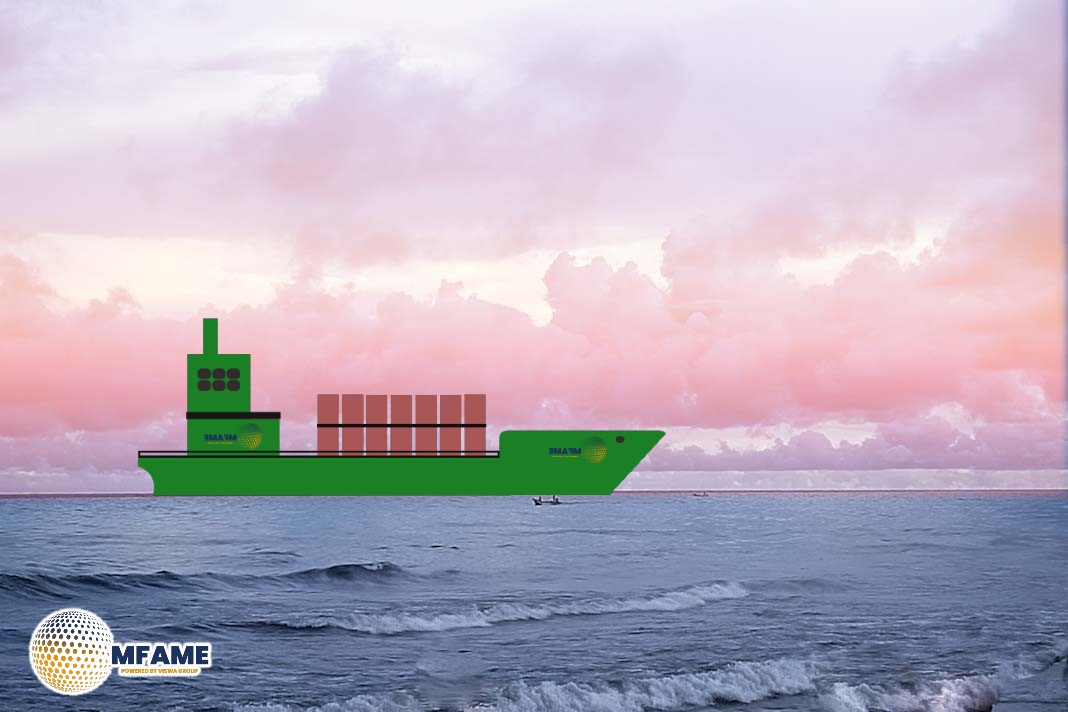- UP World LNG Shipping Index Declines 2.04% on Market Volatility.
- Renewed U.S. Tariff Debates Drive Sharp Global Stock Market Decline.
- Spot LNG Rates Stay Low as European Demand Remains Strong.
The UP World LNG Shipping Index (UPI) dropped by 2.04% (3.44 points) to close at 164.93, reflecting the overall market decline as the S&P 500 dropped by 1.53%. The global stock sell-off was prompted by the continued uncertainty over U.S. tariff policies, further aggravating market volatility, reports LNG Shipping Stocks.
LNG Market Trends: Europe Strong, Asia Slows
European LNG demand remains robust, with storage levels around 33% full post-winter. However, LNG sales in Asia have slowed, positioning Europe as the primary LNG market. Spot rates remain low at approximately $28,000 per day, reflecting the shifting demand landscape.
In the meantime, LNGPrime said Knutsen (owner) and Polish charterer Orlen have accepted delivery of their fifth and sixth LNG tankers at Korea’s Hyundai Samho shipyards, pointing to continued investment in LNG infrastructure.
Tariff Concerns Drive Global Market Sell-Off
Market sentiment was greatly influenced by renewed U.S. administration debates regarding possible tariff impositions. This uncertainty helped cause a sharp drop in stock markets across the globe. Investors responded vigorously to the potential for additional trade restrictions, which have broad implications for global energy markets.
UPI Constituents: Major Losses and Some Gains
The UP World LNG Shipping Index again remained unable to penetrate its resistance level, creating a sawtooth pattern representing a potential upward movement that is being restrained by outside market forces.
Among the largest decliners, New Fortress Energy (NYQ: NFE) dropped over 20%, even after the company announced selling its Jamaican project to Excelerate Energy (NYQ: EE). Excelerate Energy itself declined by 4% after word broke of further U.S. tariff talks.
The Japanese shipping trio also saw losses:
- K Line (TSE: 9107) fell 4.1%
- NYK Line (TSE: 9101) dropped 3.7%
- MOL (TSE: 9104) declined 3.7%
Other notable losses included:
- BP (NYQ: BP): -2%
- Dynagas LNG Partners (NYQ: DLNG): -1.7%
- Nakilat (QSE: QGTS): -1.2%, though it shows potential for future gains
- Korea Line Corporation (KRX: 005880): -1%
- Awilco LNG (OSE: ALNG): -0.5%
Despite the overall market downturn, some companies managed to post gains:
- Flex LNG (NYQ/OSE: FLNG): +2.9%
- Tsakos Energy Navigation (NYQ: TEN): +2.7%
- Shell (NYQ: SHEL): +2.4%
Other gains were limited to about 1% or less.
Outlook
Despite continued worldwide uncertainty, especially as it relates to U.S. trade policies, the long-term future for shipping LNG is strong. Although near-term volatility is likely to continue, increasing demand for LNG and the possibility for new long-term contracts give future growth a strong basis.
Investors must keep an eye on important resistance levels, policy announcements, and coming corporate earnings releases to gauge direction. The LNG industry continues to be well-situated for long-term growth, although near-term volatility may persist as international trade policies change.
Did you subscribe to our daily Newsletter?
It’s Free Click here to Subscribe!
Source: LNG Shipping Stocks

















